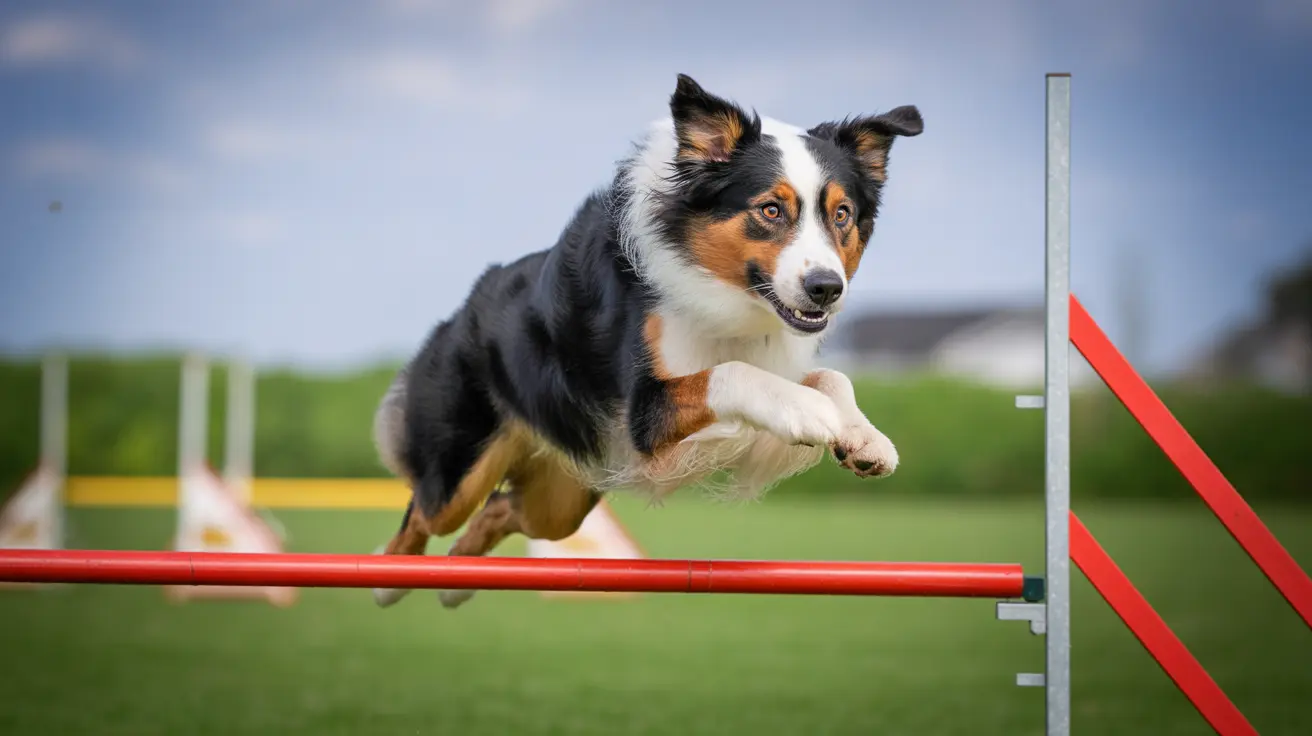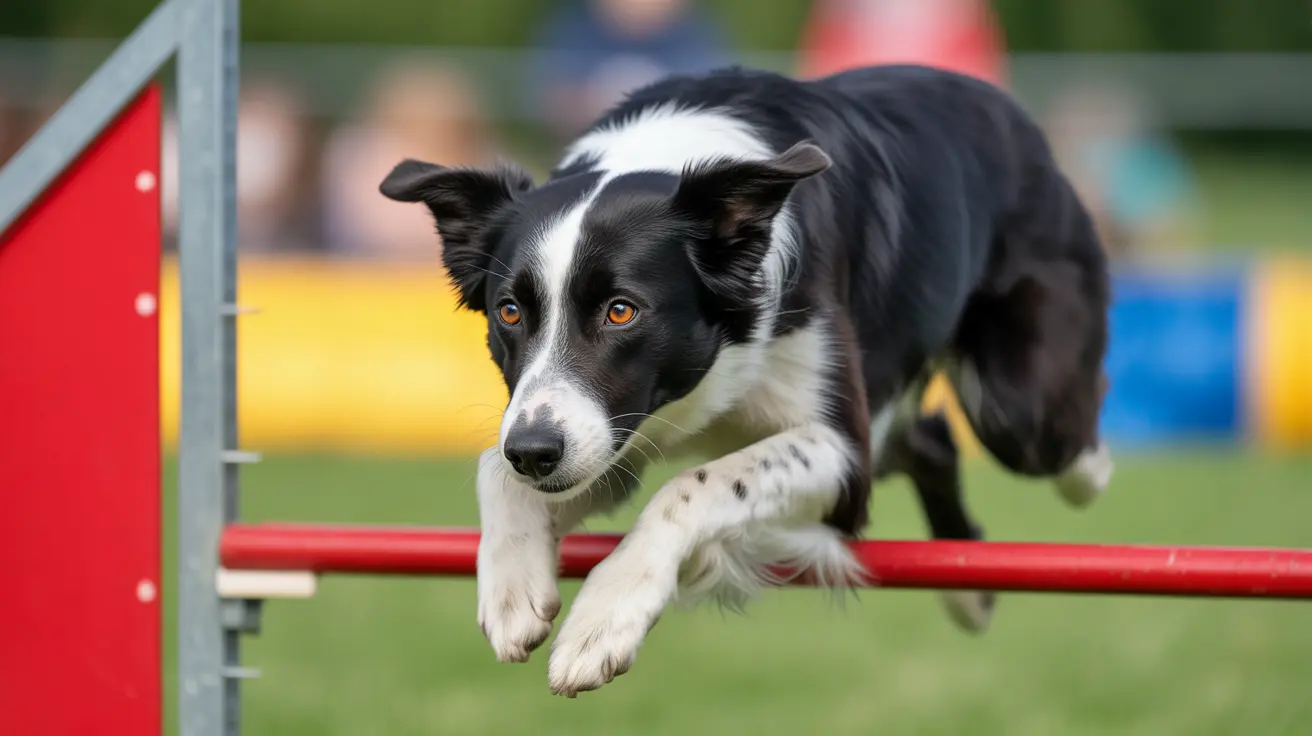Understanding the 3-3-3 Rule for Dog Anxiety
Bringing a new dog into your home is an exciting and life-changing experience—for both you and your pet. However, this transition can also cause anxiety and confusion for dogs as they adapt to new surroundings, people, and routines. That’s where the 3-3-3 rule comes in—a simple guideline to help pet owners understand the timeline for their dog’s emotional adjustment.
What Is the 3-3-3 Rule?
The 3-3-3 rule is a general framework used by dog trainers and shelters to describe what a dog typically experiences after being rehomed. It breaks down into three stages:
- First 3 Days: The decompression period. Your dog may be overwhelmed, fearful, or shut down. Expect hiding, stress-related behaviors like pacing or excessive panting, and minimal engagement.
- First 3 Weeks: The adjustment period. Your dog starts to familiarize itself with your routine, rules, and household members. Expect some testing of boundaries and developing of trust.
- First 3 Months: The bonding period. Your dog begins to feel stable in its new environment, display its true personality, and form a deep connection with you.
Why the 3-3-3 Rule Matters
Understanding the 3-3-3 rule helps manage expectations and patience during the early stages of dog adoption. It prevents frustration and helps new owners provide the support needed for a dog to gain confidence.
First 3 Days: The Decompression Phase
During the first few days, your dog is experiencing a whirlwind of change. It’s moved from a shelter, foster home, or previous owner into completely new territory. Anxiety is common.
- Expect fear-based behavior like shaking, hiding, growling, or refusing food.
- Create a quiet, safe space with a designated bed, toys, and water.
- Limit stimulation: don’t invite neighbors over or bring the dog to busy dog parks.
- Be present but avoid forcing interaction—allow the dog to initiate contact.
First 3 Weeks: Settling In
As routines become more familiar, your dog might begin to relax. This is when dogs start testing boundaries.
- Begin consistent training for basic commands.
- Establish house rules: what furniture they can sit on, feeding schedules, etc.
- Watch for emerging behaviors that reflect the dog's personality.
- Assess anxiety triggers like noise sensitivity or separation issues.
This is a critical time for establishing leadership and structure without overwhelming the dog.
First 3 Months: Bonding and Confidence
By this time, your dog typically begins to feel secure and shows affection and playfulness. The relationship shifts from cautious acceptance to lasting trust.
- Continue enrichment through walks, games, toys, and training.
- Increase socialization with new people and pets gradually.
- Address lingering anxiety or behaviors with positive reinforcement.
- Visit a vet for comprehensive health checks, if you haven’t already.
Dealing with Anxiety During These Phases
Dog anxiety may manifest at any point during these phases. Key signs include:
- Excessive barking or whining
- Destructive behavior when alone
- Body language like tail tucking, ears pinning, or lip licking
- Aggression or withdrawal
Strategies to ease anxiety:
- Provide structure: dogs feel more secure when they know what to expect.
- Use positive reinforcement: reward calm behavior with treats or praise.
- Incorporate mental stimulation: use puzzle feeders, scent games, or touch screen interactions if mobility is limited.
- Consult professionals: trainers or vets can help if anxiety persists.
Role of Mental Enrichment
Mental enrichment, such as cognitive games, puzzles, and gentle training, can help combat anxiety, especially in senior or mobility-challenged dogs. Technologies like touch screen games allow dogs to engage with digital stimuli in a safe and low-impact setting, enhancing confidence and curbing stress.
Final Thoughts
The 3-3-3 rule offers a compassionate roadmap for pet owners, encouraging patience and attentiveness. Every dog is different—some adjust quickly, while others take much longer. Understanding this timeline allows for a more mindful adoption process, ultimately setting the stage for a happy, lifelong bond.





